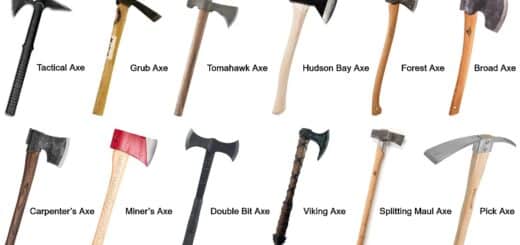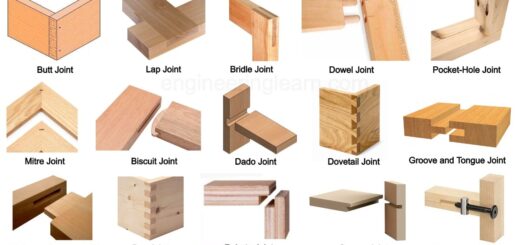10 Types of Sanders and Their Uses [with Pictures & Names]
![10 Types of Sanders and Their Uses [with Pictures & Names]](https://engineeringlearn.com/wp-content/uploads/2022/09/Sanders-1024x539.jpg)
What is Sander?
Types of Sanders for Wood and Their Uses [with Pictures & Names]: – Sanding by hand is a very taxing process. It exhausts you, and even a momentary lack in focus can leave stroke marks on the surface. As a result, getting the necessary precision is quite difficult.
Fortunately, there are many tools available that serve the same goal. Sanding surfaces is a good illustration because it makes it simple to erase blemishes and scratches from wood. Nevertheless, selecting the right sanding tool is crucial regardless of the use. Otherwise, the procedure could be a little difficult. If you are interested in learning more, stay reading.
Different Types of Sanders
A. Surface Sanders
Here, we have described numerous sorts of surface sanders.
1. Belt Sander: ( Types of Sanders )
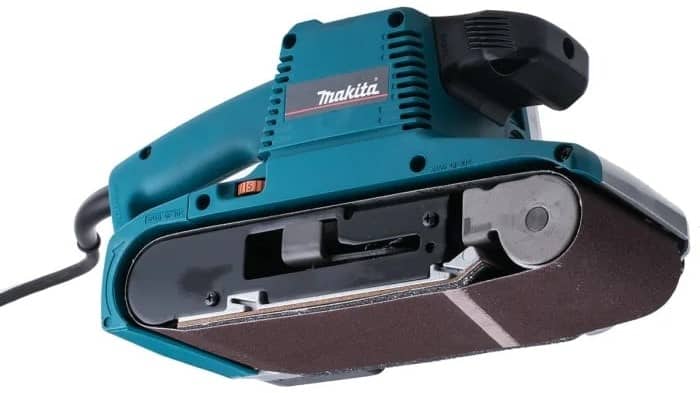
Belt sanders are frequently seen in workshops run by professionals. A sanding belt that is welded across two drums is part of the design. When the motor is running and the sanding belt is in motion, the drums begin to rotate.
For huge surfaces, it is smarter to go with greater belts. In any case, the taking care of probably won’t be simple yet more modest belts really do offer great control. Belt Sander is great for eliminating the completion from any wooden clothing like while modifying the completion of old wooden furnishings.
2. Drywall Sander: ( Types of Sanders )
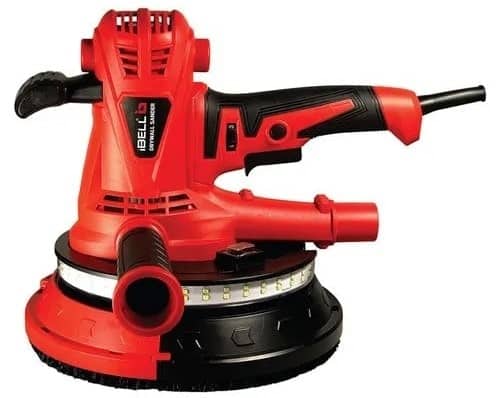
Basically, a drywall sander on a pole, a dry wall sander. They are pretty long, so you can reach just about anywhere. Typically, it is between 10 and 13 feet long. Their primary objective is to get rid of extra adhesive from drywall. Additionally, they frequently use a rectangular sanding surface.
Such sanders for the most part utilize a component to gather dust. This makes it an extremely valuable buy. Nonetheless, a superior quality Drywall is genuinely costly and will cost cash.
3. Disc Sander: ( Types of Sanders )
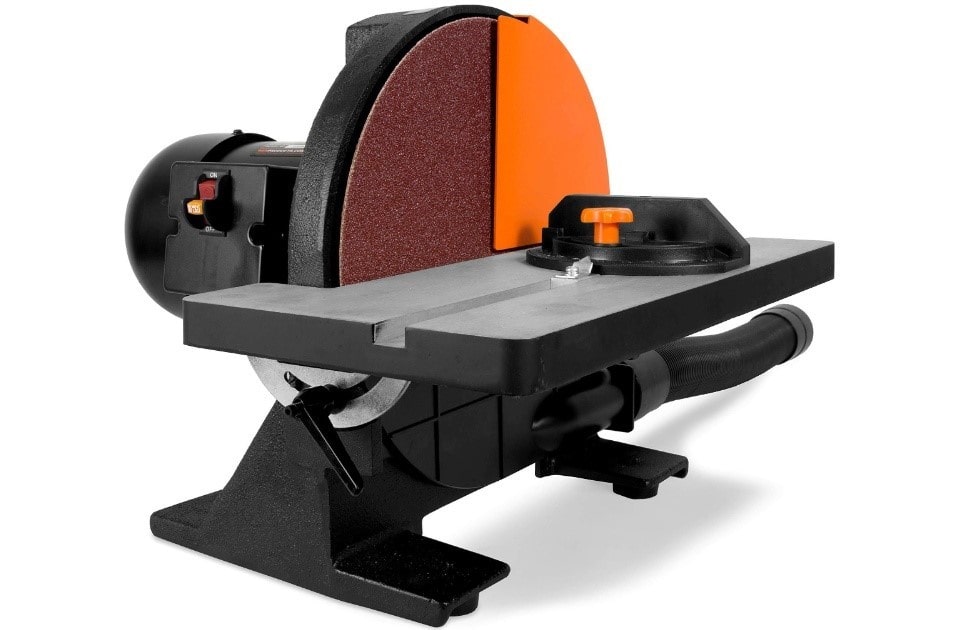
Due to their numerous applications, disc sanders are very adaptable. They are also pretty simple to utilise. Another benefit is that disc sanders are relatively portable and light in weight. It is under 5 pounds in weight.
Circle Sander/ Disc Sander includes a wheel covered by Sandpaper and this wheel is controlled by an engine. The Sander offers a decent grasp, which permits better equilibrium and control. They are not costly, so anybody could utilize them to smoothen plastic and wood.
4. Orbital Sander: ( Types of Sanders )
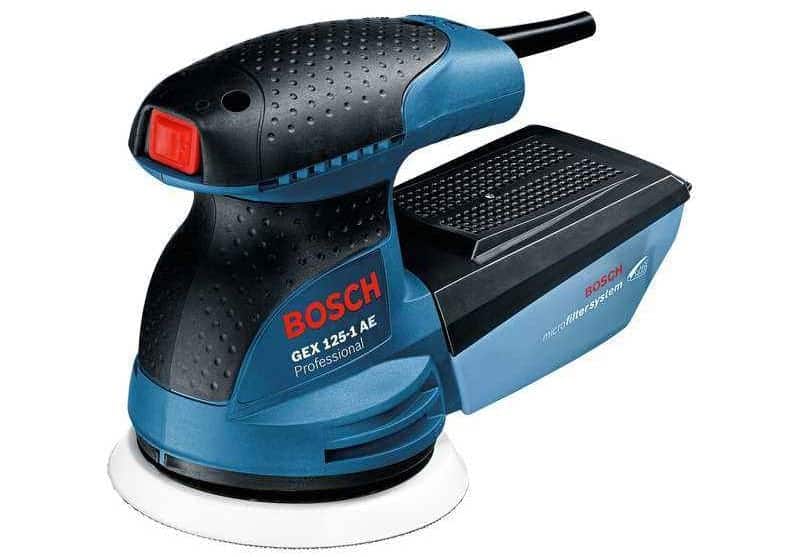
These are simple to use. They are best suited for little projects and may be operated with one hand. They go by the name Circular Sanders as well. These come in a variety of sizes and are reasonably priced.
The sanding surface is level and square and paper is fixed onto this surface with cinches. Orbital Sanders are the most ideal for fine following through with tasks like clearing clay, smoothening sharp edges, and so on. It isn’t intended for weighty works. On the off chance that you are not used to working with sanders, then an orbital sander is the best spot to begin.
5. File Sander: ( Types of Sanders )
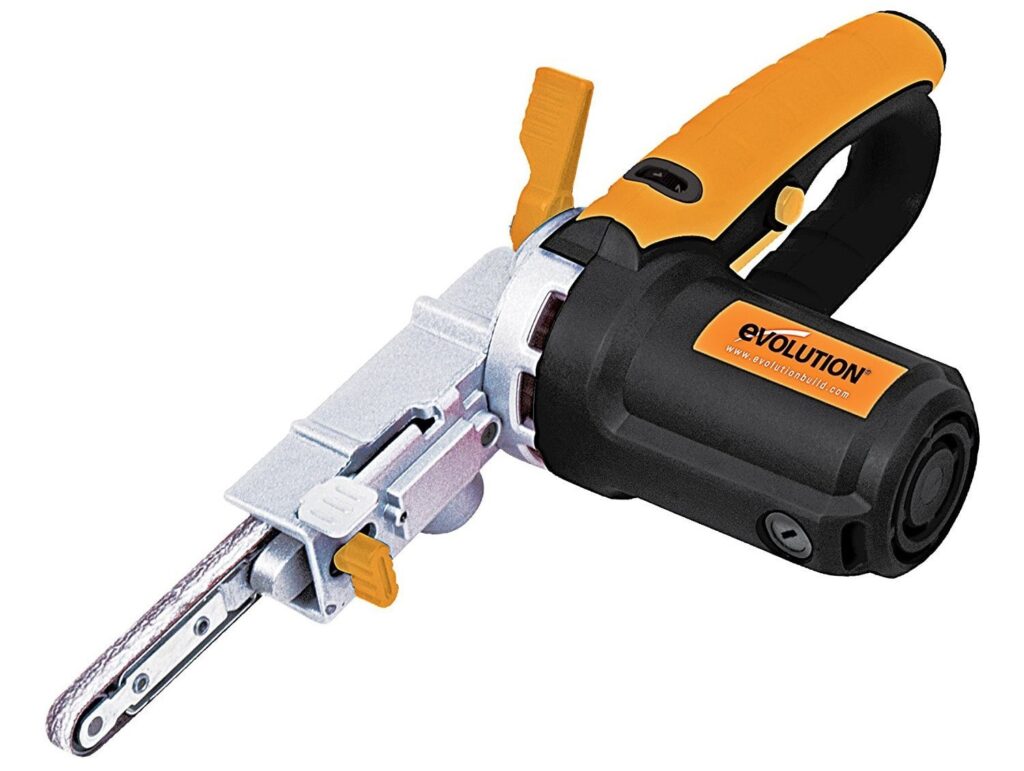
Due to their compact size and extremely tight belt, these Sanders may fit in even the smallest areas. For tasks that call for a great deal of accuracy and detail, file Sanders are the recommended option. These sanders are occasionally air-powered and typically run on electricity.
File Sanders are extremely meager and very light in weight. Accordingly, they are very well known among clients. Document Sander is best for sanding at a point. In any case, they are not implied for working with huge surface regions.
6. Detail Sander: ( Types of Sanders )
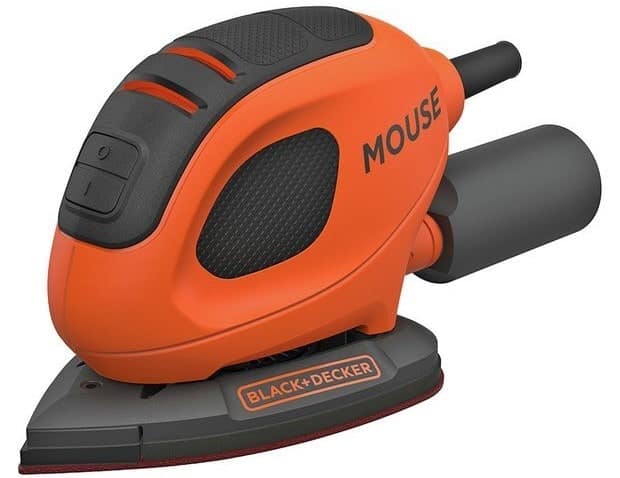
The detail sander may be mistaken for a steam iron, and that happens frequently. This sander’s small size has various benefits, including portability. Additionally, it may be used in confined areas where other Sanders cannot.
This sander can be involved with various sandpapers also. The decision of sandpaper relies upon the sort of work. Also, it is very simple to change the sandpaper. The detail sander likewise offers 3 distinct positions. Palm hold, handle grasp, and accuracy hold. Palm hold sander offers solace while handle grasp is valuable in restricted spaces.
7. Random Orbital Sander: ( Types of Sanders )
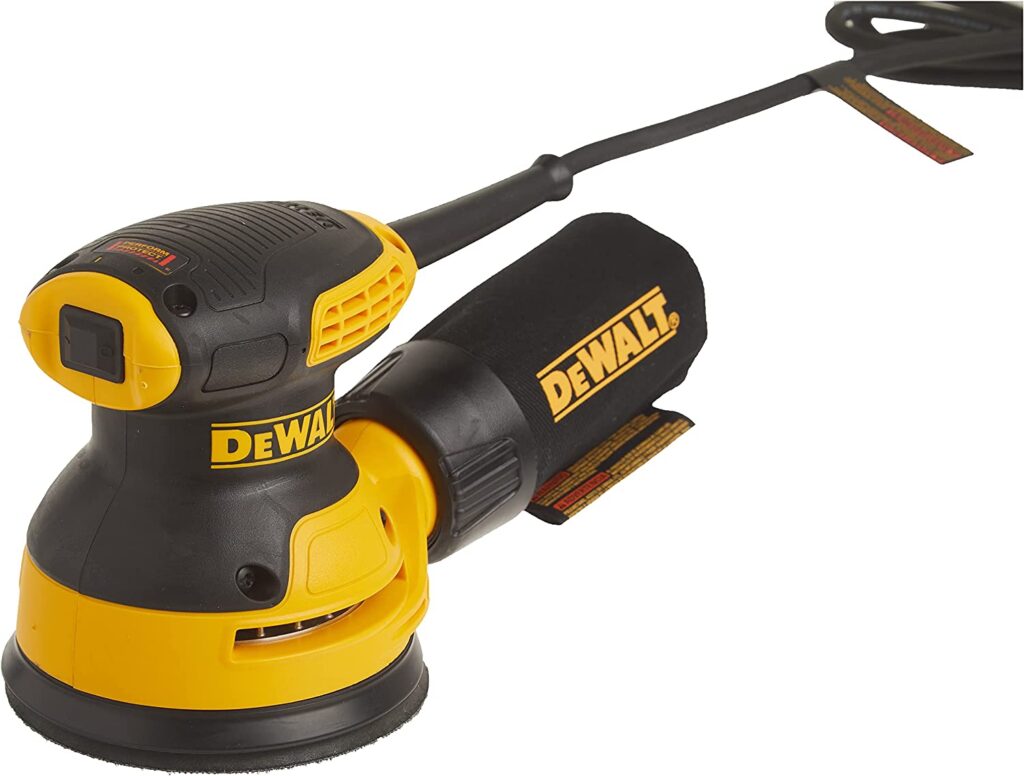
In some ways, it does like an orbital sander, although here the pad is round rather than square. The pad has the ability to orbit in circles and move in them. The design doesn’t create swirl marks like a typical orbital sander does either.
The taking care of is a breeze and ideal for individuals who need insight with sanding. Besides, it isn’t really costly and is a decent decision for individuals who are on a strict financial plan. It can do all that is conceivable with a belt sander and an orbital sander.
8. Oscillating Spindle Sander: ( Types of Sanders )
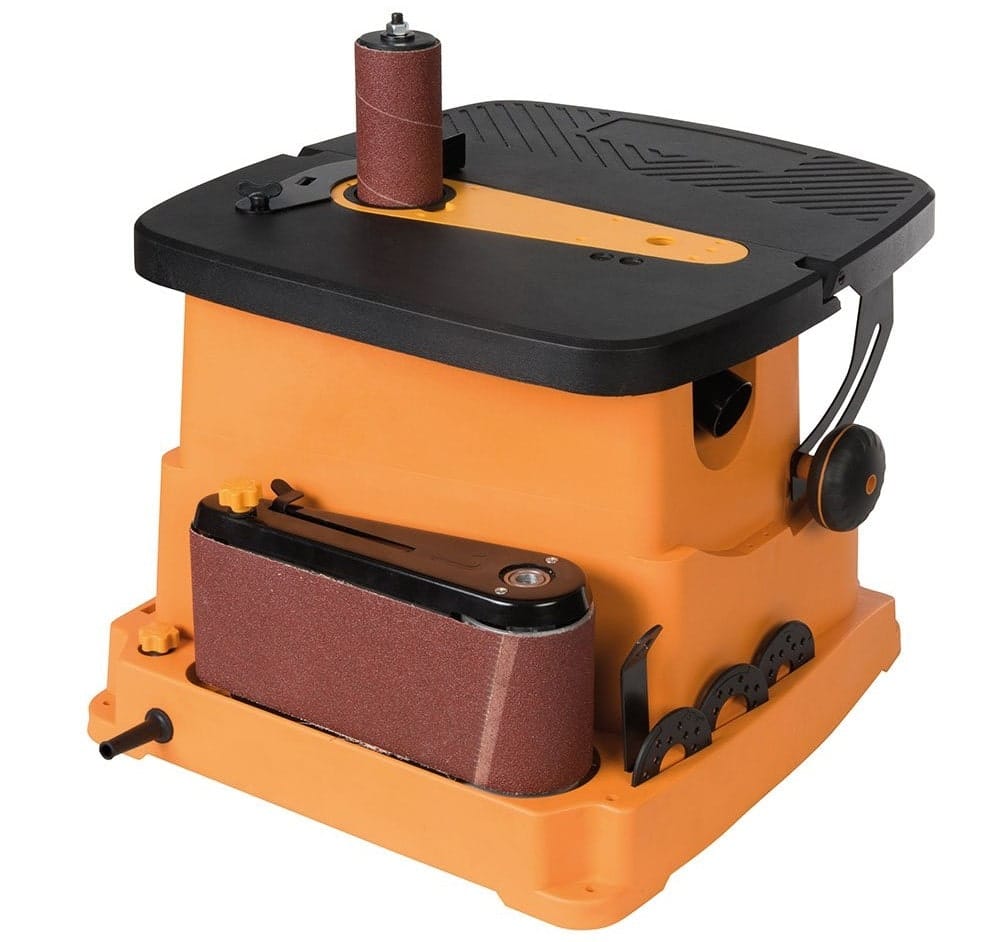
The drum of this sander rises above a benchtop. The drum raises and lowers on the spindle while the sander operates. This makes the drum’s wooden surface contact with it. This device lessens wear on the drum’s surface and prevents grooves.
Sanding down the edges of lumber is best utilized. In addition, it is genuinely light and can be hefted around. You can change the drum size contingent upon the sort of work. Besides, certain models offer a component that changes over the drum into a belt sander.
B. Floor Sanders
Here, we have described two sorts of floor sanders.
1. Edging Sander: ( Types of Sanders )

It is a drum sander’s little brother or sister. Where the drum sander cannot reach, edging sanders are utilised to sand the floor edges and stairways. It is also fairly strong, and if used carelessly, could cause injury to the user or damage to the floor.
It stays near to the floor and is considerably simpler to manage than a drum sander. It is less in weight as well.
2. Drum Sander: ( Types of Sanders )
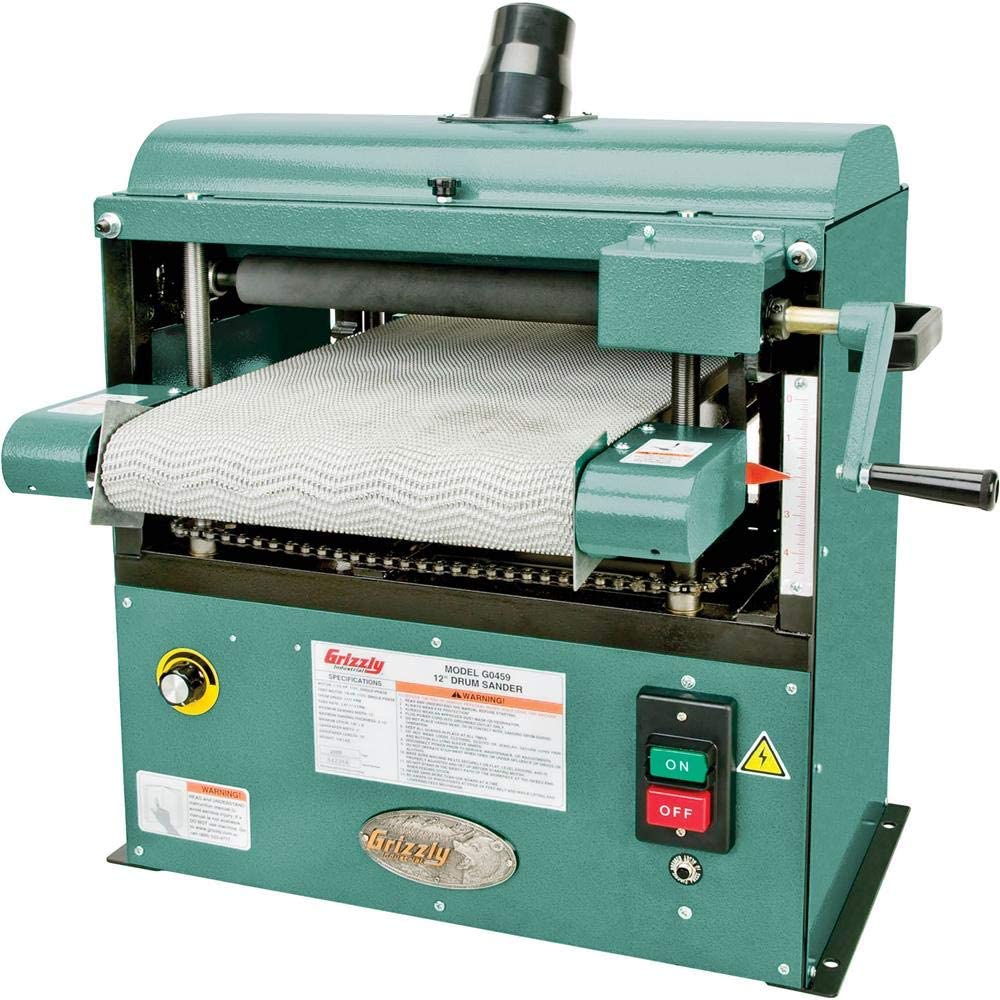
Due to its size and strength, the Drum Sander requires at least two people to transport it. It is crucial to maintain adequate control because else, the floor will be scratched. This is because of how much power it produces. They work well when removing materials like paint and glue.
Because of the trouble in moving, drum sanders probably won’t be great for sanding the floor corners. Because of this, certain individuals favor Edge Sanders. Eventually, which isolates Drum Sanders from others is the sheer power it packs.
When to Use Different Types of Sanders?
Since you have found out about the various types of sanders on the lookout, let us see the circumstances in which they are best utilized for.
- Sanding floors and flat surfaces with a belt sander.
- Circle Sander-Removing paste or rust from wood. Smoothening surfaces too.
- Large surfaces and parts are sanded with a drum sander. additionally for honing square edges
- Detail Sander-Smoothening furniture and cupboards.
- Oscillating Spindle Sander: This tool is used to sand curved and angular surfaces.
- Irregular Orbital Sander-Smoothening wooden furnishings and cutting fine subtleties.
1. Uses of Random Orbital Sander
Irregular orbital sanders are best utilized for fine undertakings, seats, tables, or trim and baseboards where the surface condition is profoundly significant. You could utilize arbitrary sanders with exceptionally fine coarseness sandpaper for smoothing meager facade wood or for polishing strong surface ledges.
2. Uses of Rotary Sander
You can utilize a rotating sander for sanding wood flooring right close to the baseboards, where different sanders won’t reach. Or on the other hand you can utilize a turning sander for smoothing down trim to a mirror-like completion. Rotational sanders can gain out of influence, so they are best for experienced do-it-yourselfers.
3. Uses of Belt Sander
Belt sanders are not ideal for reaching near to walls and other edges because to space constraints. You might be unable to approach the tool’s edges because of its sharp edges. Belt sanders work best for sanding high places in wood flooring, eliminating unnecessary wood, and removing exterior paint.
4. Uses of Drum Sander
Only use drum sanders for solid wood floors. On non-wood or engineered wood floors, do not try to use a drum sander. Drum sanders are so strong that they can shred right through engineered wood flooring’s thin top veneer.
Drum sanders are strong to the point that they are equipped for sanding off a wide range of materials that you need to be eliminated from your wood floor: knocks, gouges, finishes, paint, cements, and mastic. Prior to sanding any deck glues, test to ensure that they don’t contain asbestos.
5. Uses of Spindle and Disk Sander
The best sanders for little items for woodworking jobs are spindle and disc sanders. On these sanders, the work material can be challenging to manage, but since the equipment is fixed, it is simple to manage. However, with caution and practice, regulating the work material is possible.
Content Source: – homestratosphere, dengarden, angliatoolcentre
Image Source: – rsdelivers, indiamart, desertcart, moglix, amazon, argos, ubuy, hss
